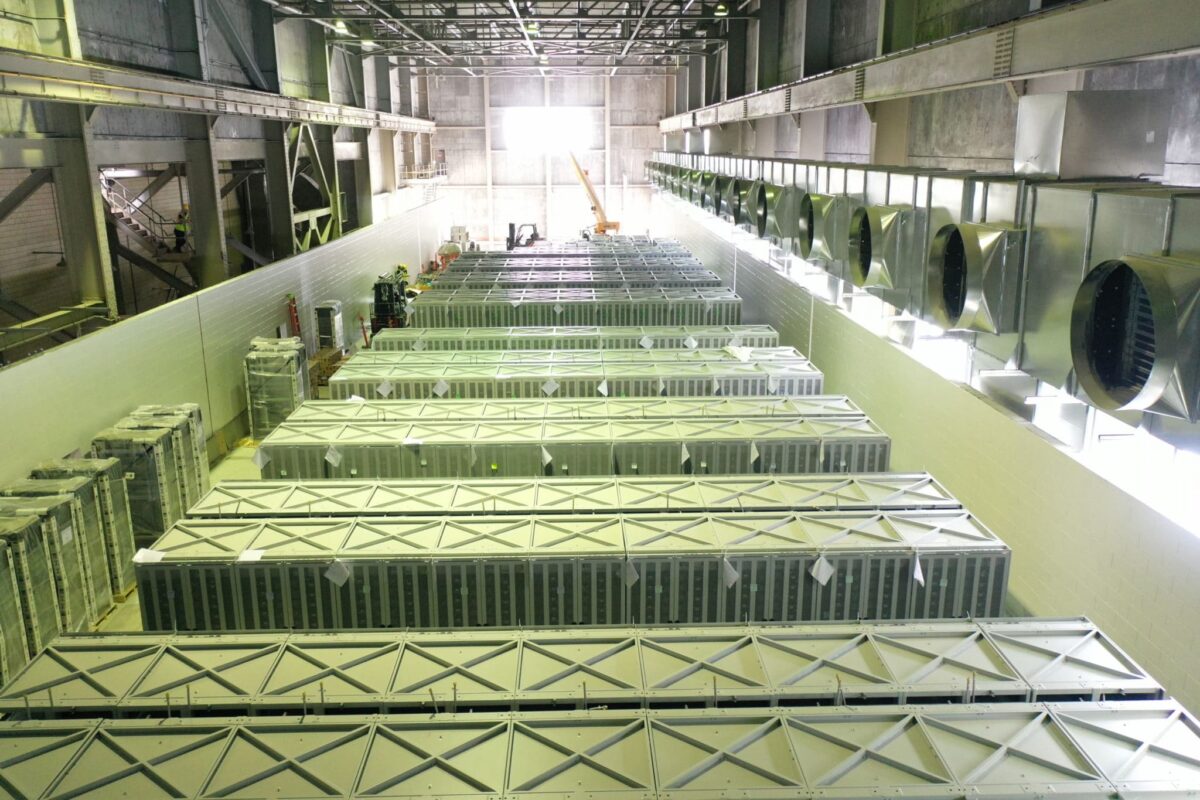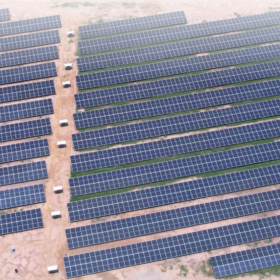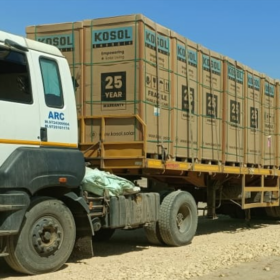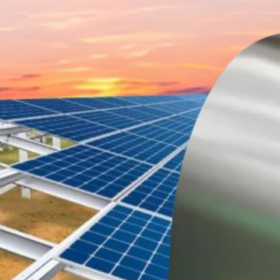LG Energy Solution (LGES) announced on Monday its third-quarter 2024 consolidated revenue of KRW 22.18 trillion ($323 million) and an operating profit of KRW 751.9 billion, including the estimated IRA tax credit amount of KRW 466 billion.
While it has seen a 39% drop in profit from last year amid a sluggish demand for electric vehicles, the South Korean battery heavyweight has reported a considerable increase in energy storage revenue, particularly in the grid-scale market segment.
“Expanded sales to major European automakers and increased production at our joint venture facilities in North America and Indonesia, as well as substantial ESS revenue growth from grid-scale projects, improved the overall revenue compared to the previous quarter,” said Chang Sil Lee, CFO of LGES.
According to Lee, LGES also saw quarter-on-quarter improvements in the operating profit, excluding the IRA tax credit’s effect “on the back of improved utilization rate led by shipment increase in both EV and ESS batteries, as well as reduced unit cost burden in line with metal price stabilization.”
The company said that it expects “strong demand momentum,” especially in power grid applications. Its plan is to actively respond to “long-term, large-volume projects in North America, leveraging its stable production know-how and local supply capability, creating opportunities to generate stable revenue.”
“To maximize the benefits from policies supporting local manufacturing, the company will start ESS battery production in the U.S. next year and also consider converting EV production lines to ESS in response to the European market demand,” the company said in the announcement.
The announcement comes after, earlier this year, the manufacturer paused the construction of a battery production line for energy storage systems at its multi-billion dollar battery factory in the US state of Arizona. While it said that the buildout of its EV cell production plant was continuing as planned, it described the move as adjusting the pace of planned investment execution according to market conditions.
To continue reading, please visit ESS News
This content is protected by copyright and may not be reused. If you want to cooperate with us and would like to reuse some of our content, please contact: editors@pv-magazine.com.








By submitting this form you agree to pv magazine using your data for the purposes of publishing your comment.
Your personal data will only be disclosed or otherwise transmitted to third parties for the purposes of spam filtering or if this is necessary for technical maintenance of the website. Any other transfer to third parties will not take place unless this is justified on the basis of applicable data protection regulations or if pv magazine is legally obliged to do so.
You may revoke this consent at any time with effect for the future, in which case your personal data will be deleted immediately. Otherwise, your data will be deleted if pv magazine has processed your request or the purpose of data storage is fulfilled.
Further information on data privacy can be found in our Data Protection Policy.